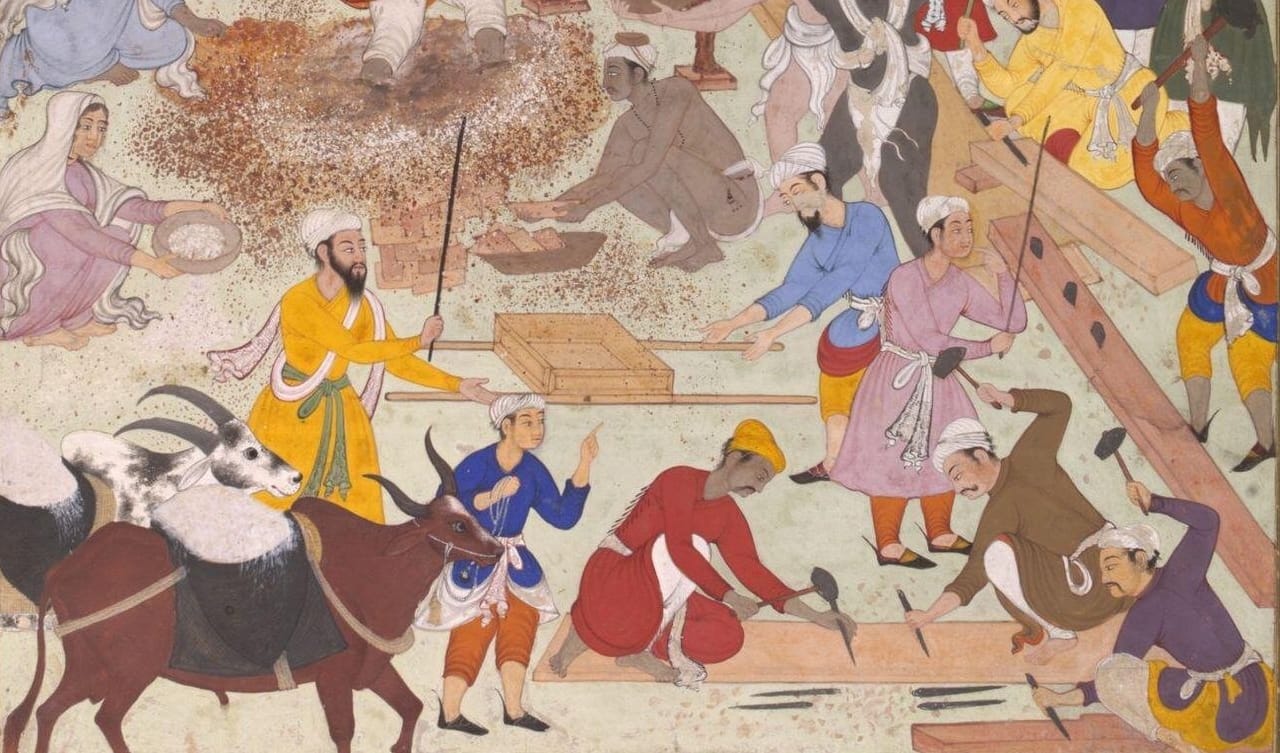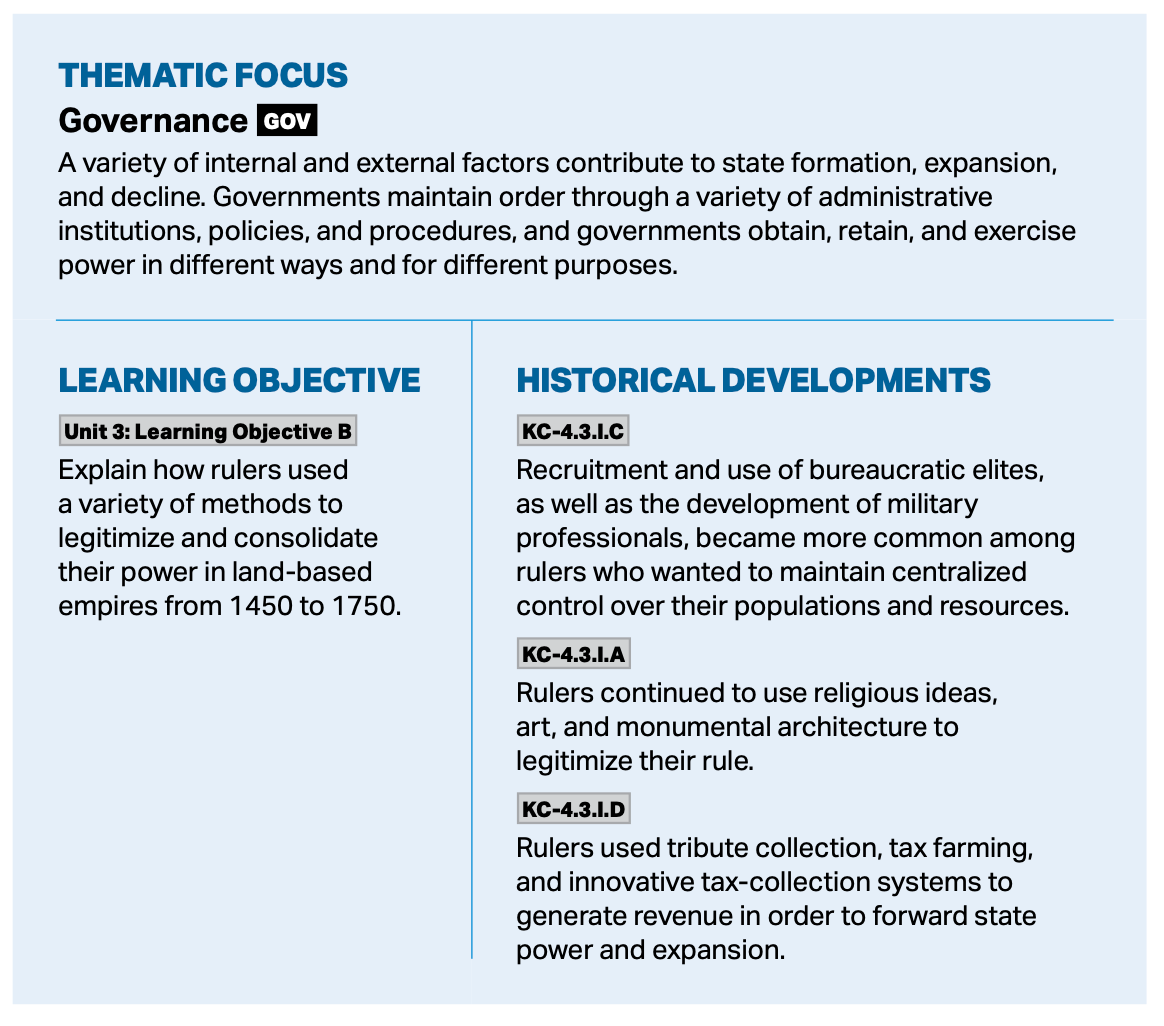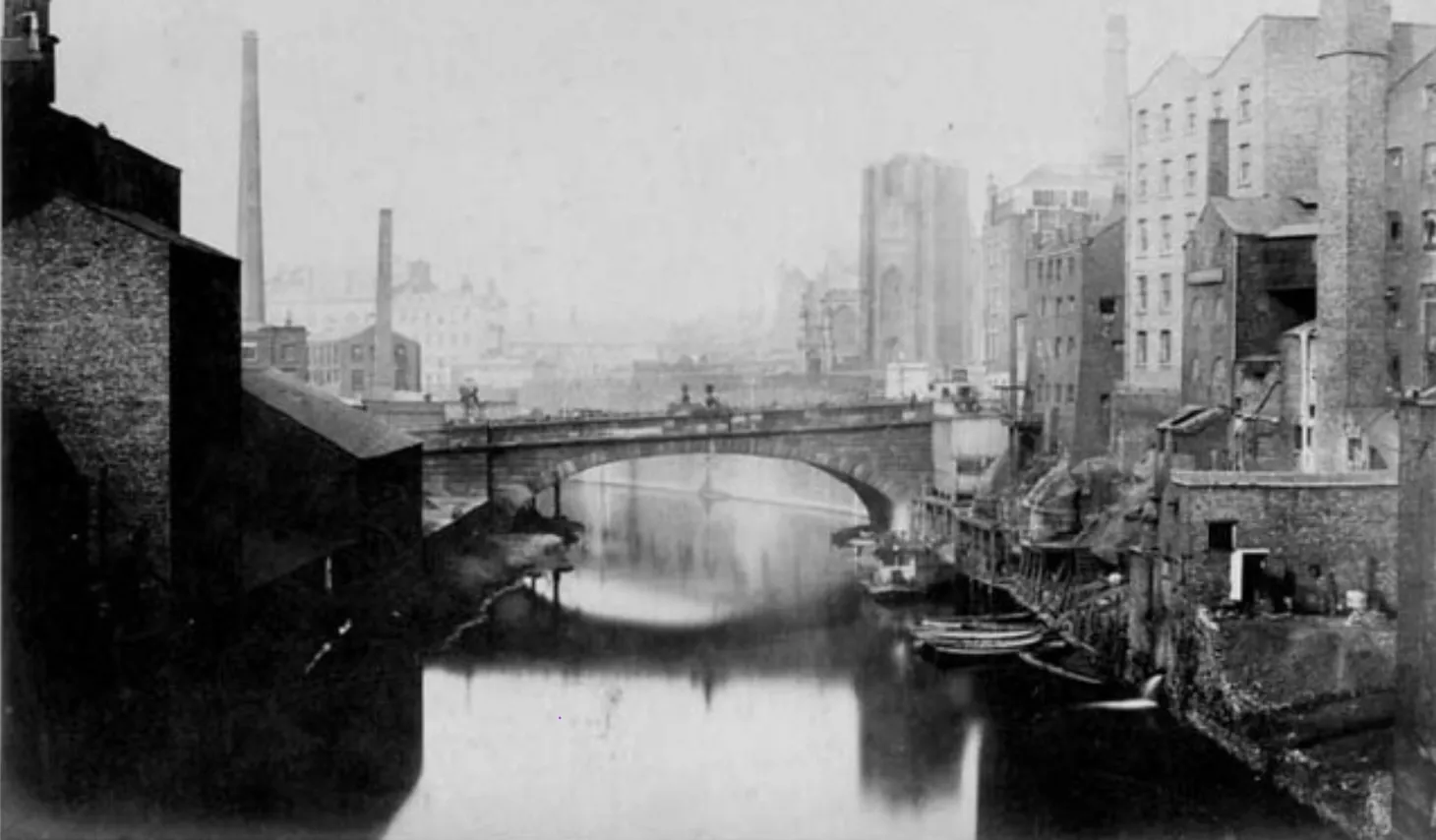“Erect Lofty Buildings”: Monumental Architecture and Imperial Legitimacy in the Mughal Empire
Discussion of Akbar using monumental architecture to legitimize his rule


Between 1450 and 1750, rulers worldwide used monumental architecture to demonstrate their power and legitimize their rule. Some rulers built palaces, while others built religious structures. One of the most prominent examples was the Mughal Emperor Akbar, who ordered an entire new city to be built. Fatehpur Sikri included palaces and mosques.
The Source
This Content is for Subscribers on the Buy Me Lunch and Buy Me Dinner tiers
SubscribeAlready have an account? Log in



